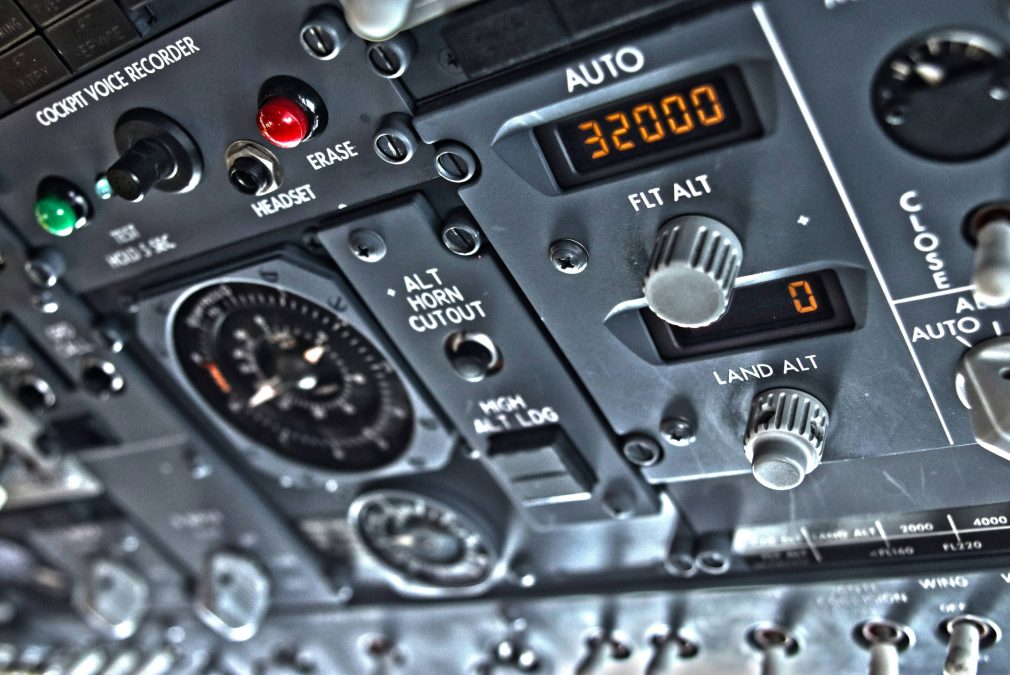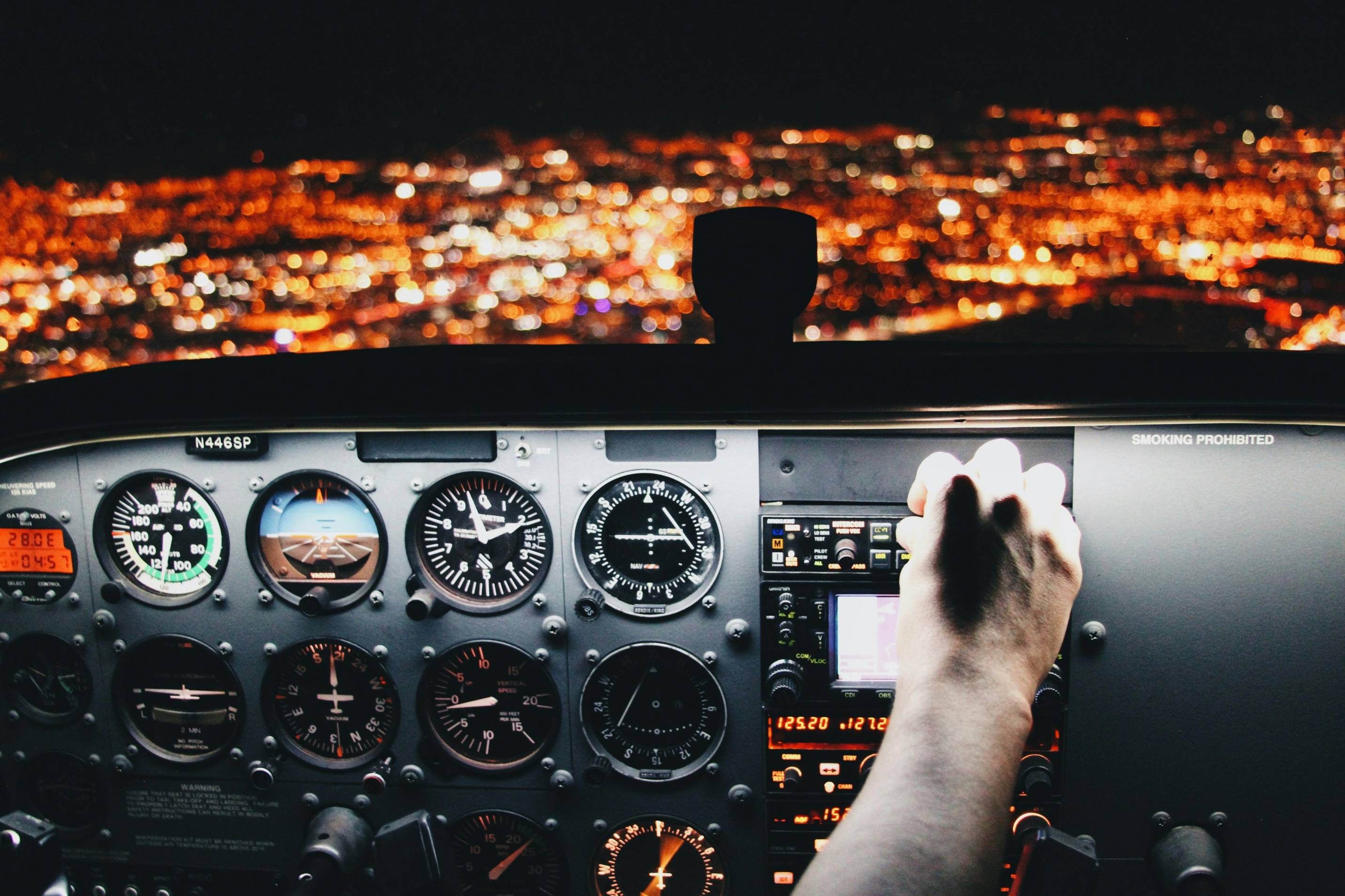Istanbul, Turkiye- AI seems to be omnipresent in every industry and sector of the economy today and more so in the future. But aviation is a sector that relies heavily on safety measures as the lives of many hang in the balance.
Surely AI will play a role but how pervasive will it be? Today’s aircraft manufacturing troubles are casting darker shadows over seemingly promising greener skies, both in terms of profitability post-COVID-19 and sustainability.
It’s a complicated picture and so, to find out more, TRENDS conducted this exclusive interview with Saj Ahmad, Chief Analyst at StrategicAero Research, a premier resource for all the aerospace, aviation, airline, and defense industries.
1-In what fields do you see AI transforming aviation and why?
AI, while both seemingly innovative, developing and mature in stature, will play a wide and varied role across aviation. The primary win for AI in this sphere will be to reduce human intervention and increase efficiencies across operational aspects – particularly airport operations, better flight time and runway management. It will encapsulate advances in passenger check-in, screening, and security and provide data that can be mined for enhancing passenger preferences, addressing concerns, and improving the general airport experience.
Can AI design future aircraft?
AI is less likely to be, in my view, a key driver for aircraft design, chiefly because of the design requirements from airlines, and engine makers. The need for direct human intervention means that we’ll continue to see a more traditional design approach. No question, AI can involve itself in modeling new airplane designs against different operational scenarios, ranging from airport operations to flight handling and emergency situational development, but the chief input will be human-driven.
Perhaps for autonomous, military drones or aircraft, AI may have a bigger role to play given the strict limitations of their use without humans flying them manually.
2- Can you describe today’s travel recovery?
With the COVID-19 pandemic decimating air travel through 2020-22, the recovery has been throttled by several key factors. First, is human. Layoffs of thousands of people across the aerospace and aviation worlds, coupled with new hybrid and home working, resulted in fewer people returning to the sphere that they left. While recruitment has been swift, garnering experience, especially in aerospace supply chains has taken longer.
We only need to see the industrial turmoil at Boeing and now even Airbus, that they can’t build airplanes fast enough for airlines to induct.
Airlines are still lapping behind pent up demand, both across low-cost airlines and full-service ones – but for some, the challenge has been to monetize that demand. One look at Spirit Airlines’ recent Chapter 11 bankruptcy proceedings shows that even in a mature market like the USA with huge domestic demand, the airline is losing money hand over fist and will likely not survive.
We’ve seen the likes of Emirates, Turkish Airlines and now Etihad get back into the black – and particularly for Emirates, they continue to lead the way in passenger innovation with their rollout of the only Premium Economy product in the Middle East across its 777 and A380 fleets.

(Image courtesy of Unsplash)
On the flip side, you see the likes of British Airways, struggling to cope with the engine fallout of the Rolls Royce Trent 1000 powering its 787 fleets, as jets are taken out of service for maintenance repairs – in turn, BA has slashed routes to try and mitigate against having fewer airplanes available.
So. while the recovery is well established after the pandemic, there’s no uniform line of growth that applies across the industry – airlines of all shapes and sizes are struggling while others are printing money for fun.
3- What are the top challenges facing travel and CEOs of major airlines today?
Similarly to how some airlines are faring better than others, airline CEOs have an array of challenging, yet different sets of concerns among them.
For low-cost airlines, the likes of Ryanair are irked that Boeing’s recent strike has delayed deliveries of its 737-8200 MAX airplanes – which in turn hampers their festive and summer planning as they wont have the airplanes they need to cater to demand. Similarly, the delays in certification to the 737-10, which won’t enter service till late 2025, is again impacting Ryanair and others.
Delays also to the smaller 737-7, for which Southwest Airlines is a customer, means that they have to soldier on using older 737-700s which are now getting long in the tooth and costly to operate, which in turn impacts the airline’s ability to set competitive pricing against other rivals.
The same applies to operators of widebody airplanes – most notably, delays to 777X, for which Emirates is desperate to get a hold of so it can start turfing out its older A380s and 777s.
As such. industrial concerns are big, but so too are concerns around meeting tight environmental goals. While piecemeal flights with green fuels and sustainable fuels make good headlines, they are costly and there’s no immediate industry leader who wants to pursue this to help combat climate change.
The other misplaced focus is that aviation barely accounts for 2 percent of all global CO2 emissions, but is painted in a bad light by some – when in reality, road, sea and rail transport are far more polluting and yet they don’t seem to get as much bad press.
Another headache is the slowdown in bilateral agreements – which lead to open skies and more flight options for passengers. Since the pandemic, there hasn’t been a big push to try and grow cross-country deals to allow more flights. In addition, the recent expansion of the war in Gaza that now includes Syria, Lebanon and even Iran, you can see that the risks around volatile regions is a catalyst for people to avoid such places – many US, Asian and EU airlines have simply stopped flying there and it’s not hard to see why.
The basket of challenges is varied – whether airline CEOs can craft a path forward to organic growth remains to be seen. That’s not to suggest we’ll see a growth in merger/acquisition activity – the Spirit Airlines debacle shows just how risky things can be.
While we’re out of the woods of the pandemic, we’re all navigating a new normal where a new set of parameters are in play and everyone is learning the new rules of the game together.








